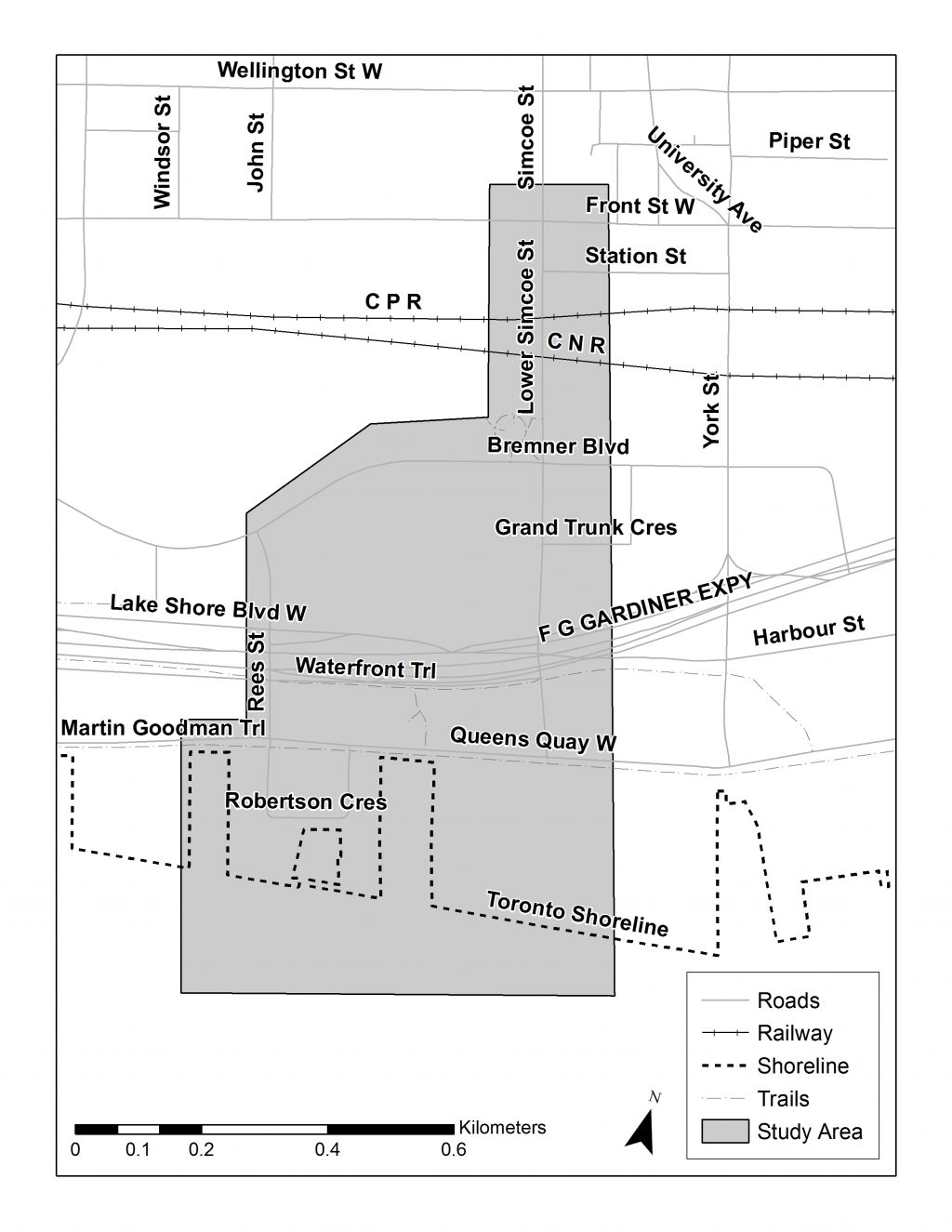
The City of Toronto has completed a study to address flooding issues at the Lower Simcoe Underpass to:
Through the study, the City has explored alternative solutions for mitigating flooding in the Lower Simcoe underpass and is recommending a combination of sealing catch basins, the installation of a new Stormwater Pumping Station and redirecting the City’s drainage system in the area. View more details in the study’s Executive Summary and presentation.
Current studies, investigations and implementation projects in this area that will work in conjunction with the Lower Simcoe initiatives include:

Since the Lower Simcoe underpass opened to the public in 2009, the area has experienced repeated flooding issues. A study completed by the City concluded that the flooding within Lower Simcoe area is due to:
The City has completed a few temporary works to mitigate the flood risk. The purpose of this Municipal Class Environmental Assessment (EA) study is to identify other alternatives for the above issues and determine preferred long-term solutions to help prevent flooding.